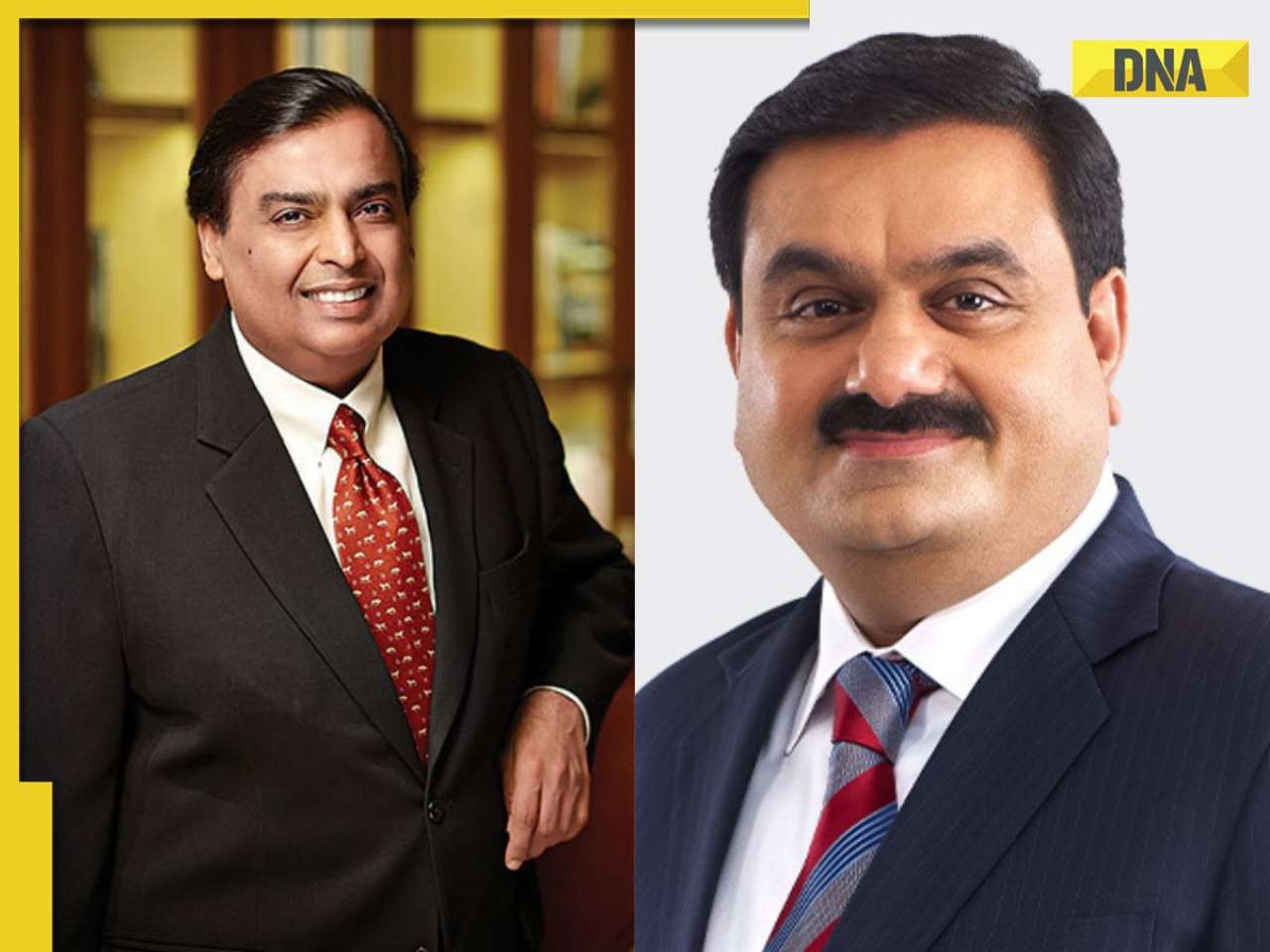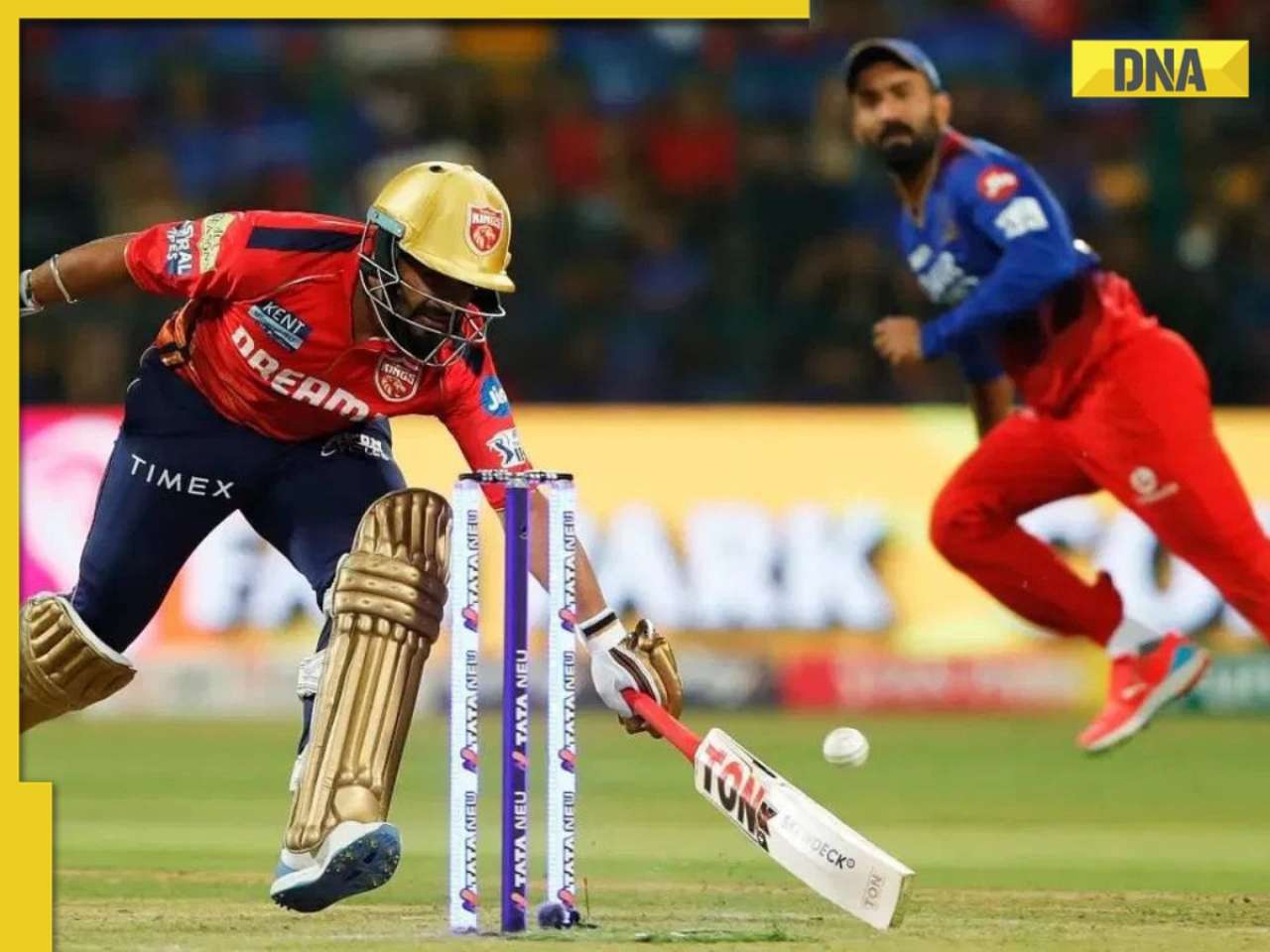With uncertainty over EPF norms and taxation changes to NPS, here's how you can tweak your long-term saving strategy for the sunshine years.
Though the finance minister has reinstated the taxation move on Employees Provident Fund (EPF) announced during the Budget 2016-17, the sword of uncertainty hangs as to whether a fresh taxation strategy is being chalked out. Arun Jaitley had hinted that, "There are various other suggestions, which can also achieve the same policy objective of encouraging people to join the pension scheme."
Nearly 37 million employees currently pay 12% of their basic salary towards EPF and an equal contribution is paid by the employer. The decision to restrict withdrawals of the employer's contribution and interest earned on it from EPF until the age of 58 years too has put financial plans of many in a tizzy.
"Things will become difficult due to the restriction of 58 years no withdrawal norms as people invest in EPF and have goals linked to it such as buying a house in the native place, children's education or marriage and their money is stuck now," says Vivek Damani, founder of Jeevan Prabandhan financial advisory.
Apart from taxation, the reduction in interest rates too would call for higher investments for retirement, say experts. "There might be fleeting changes – the changes announced under Budget, interest-rate linked changes that life is going to throw up. Interest rate itself would be low and the compounding will be at a lower rate. Hence, reaching the desired corpus would be difficult," as per Suresh Sadagopan, who runs Ladder7 Financial Advisories.
Additional investments
A higher contribution would be needed to meet the cash flows if taxation mars the retirement picture. "We would be assessing the necessity to invest more for retirement, considering taxation of select instruments that were tax-free so far," reveals Damani.
Apart from higher contributions for retirement, other changes would be required, says Sadagopan. "To ensure cash flow for goals aren't impacted, we would have to scale down the goals, postpone retirement or save more, if surplus permits," he adds.
But where should these funds be invested?
Though the EPF taxation has been stalled, advisors are quizzing whether to continue with the voluntary contribution to provident funds. "I would be re-thinking on the voluntary provident fund strategy for my salaried customers," says Damani.
Advisors say they are inclined to instruments that do not have a lock-in period. "If taxation impacts your retirement kitty, which has a lock-in until retirement and the instrument is your only source of retirement, then the whole planning goes haywire. Hence, we always prefer instruments that have flexibility if any change is made," says Damani.
"Under the open-ended architecture, if any major structural change is announced, then one can recalculate the amount needed and come up with alternate solutions. Typically, rules are never brought in with retrospective effect," he adds.
However, one instrument to save for retirement wouldn't suffice. Apart from EPF, there are other avenues one should consider.
NPS
Under Budget 2016-17, NPS was given a tax-benefit edge, bringing it on par with other pension scheme, by exempting tax on 40% of the amount accumulated at 60 years. If you take the annuity option, then apart from the 40% tax-free amount, you also get additional money saved from taxes.
The changes have led Sadagopan to strongly recommend NPS investments to his clients. "NPS has inherent merits and these merits outweigh the negatives. With the changes, NPS is a much better vehicle leaving apart the taxable annuity portion. There are seven fund managers under NPS and you can decide the one you want to invest with. It is like investing in different mutual funds, where you can switch if you notice consistent underperformance." says Sadagopan.
One can even contribute money they don't need for long-term into Tier II account of NPS as the charges of investing in NPS are potentially 20-25% lower at 0.01% of the corpus charged for fund management, Sadgopan recommends.
However, in spite of the taxation changes, some advisors aren't comfortable with NPS owning to the investment caps apart from the lock-in period.
"When you are building a corpus for retirement, then the investment objective is far more important than the tax benefit. However, we invest keeping in mind the taxation benefit. NPS is an option where one gets additional deduction. However, when one is saving for a goal which is 25 years away, then I avoid recommending an instrument that offers just 50% equity exposure," says Damani.
Annuity basket
A higher portion of NPS can be tax-free provided one purchases immediate annuity plans using 60% of the amount. Annuity is nothing but an investment vehicle, wherein wealth that is accumulated over a period is distributed over the retirement years until the death of self or spouse.
The problem with annuity products available currently is that the returns are abysmally low and range between 4-7%. More so, the pension paid out from annuity funds are taxed as per your income bracket. Presently, bonds that are offering tax-free yield of 7.29-7.64% would be better placed than taxable annuity rates, suggest advisors.
Retirement savings mutual fund
There is another category of retirement funds offered by fund houses, where annuity investment isn't mandatory. Experts advise against them.
"Instruments that have an open architecture are better than the recently launched retirement plans as they charge an exit load of 1-3% if one withdraws before the age of 60 years. This may prove to be restricting factor for not withdrawing money meant for retirement, but there is no fix available if you see underperformance," Damani says.
Apart from the exit-rules, one also needs to check the amount that would be invested in equities as different plans have different limits. For instance, under UTI Retirement Benefit Plan, at least 60% would be invested in debt instruments, while a maximum of 40% would be invested in equities, while Reliance Retirement Fund - Wealth Creation plan invests 65-100% in equity and 35-0% under debt.
"Retirement fund are costly products and are inflexible as an exit load is applicable if you withdraw before 60 years. We are not considering costly retirement schemes. As far as retirement is considered NPS, EPF/PPF and some direct equity or equity mutual funds should be good," says Sadagopan.
When you are in your formative stage as far as retirement planning is concerned, you can create your corpus in the regular diversified-equity schemes, where withdrawals aren't restricted. "Later, as you near your retirement age, you can buy an immediate pension product or redeem fixed sum. Until then, let them get better off," suggests Damani.
Bigger problem
A larger issue engulfing retirement savings is unawareness about the retirement corpus needed. "People just save whenever they have a surplus. They haven't planned for retirement and haven't thought how and where would the money come from. If you aren't aware of the amount required, how would you plan for saving or plan for the shortfall and fill the gap. The discipline of not withdrawing beyond a fixed sum too wouldn't come after retirement," points Damani.
Advisory fee hike
The man hours spent on financial planning would surely increase with sweeping changes. "To manoeuvre around changes, the advisor would need to engage a lot more time with clients to rework the whole plan," says Damani. Whether higher client engagement would result in fee hike isn't clear yet. He says it is an independent decision, whether advisory fees would need to be attuned.
Sadagopan ruled out a rise in advisory fee stating, "A plan can never be static. Apart from inherent changes in investment vehicles, there would be changes happening in personal life, goals, expenses. We have to align the changes. It is a part of the one-year review of the financial plan."
![submenu-img]() Viral video: Ghana man smashes world record by hugging over 1,100 trees in just one hour
Viral video: Ghana man smashes world record by hugging over 1,100 trees in just one hour![submenu-img]() This actress, who gave blockbusters, starved to look good, fainted at many events; later was found dead at...
This actress, who gave blockbusters, starved to look good, fainted at many events; later was found dead at...![submenu-img]() Taarak Mehta actor Gurucharan Singh operated more than 10 bank accounts: Report
Taarak Mehta actor Gurucharan Singh operated more than 10 bank accounts: Report![submenu-img]() Ambani, Adani, Tata will move to Dubai if…: Economist shares insights on inheritance tax
Ambani, Adani, Tata will move to Dubai if…: Economist shares insights on inheritance tax![submenu-img]() Cargo plane lands without front wheels in terrifying viral video, watch
Cargo plane lands without front wheels in terrifying viral video, watch![submenu-img]() DNA Verified: Is CAA an anti-Muslim law? Centre terms news report as 'misleading'
DNA Verified: Is CAA an anti-Muslim law? Centre terms news report as 'misleading'![submenu-img]() DNA Verified: Lok Sabha Elections 2024 to be held on April 19? Know truth behind viral message
DNA Verified: Lok Sabha Elections 2024 to be held on April 19? Know truth behind viral message![submenu-img]() DNA Verified: Modi govt giving students free laptops under 'One Student One Laptop' scheme? Know truth here
DNA Verified: Modi govt giving students free laptops under 'One Student One Laptop' scheme? Know truth here![submenu-img]() DNA Verified: Shah Rukh Khan denies reports of his role in release of India's naval officers from Qatar
DNA Verified: Shah Rukh Khan denies reports of his role in release of India's naval officers from Qatar![submenu-img]() DNA Verified: Is govt providing Rs 1.6 lakh benefit to girls under PM Ladli Laxmi Yojana? Know truth
DNA Verified: Is govt providing Rs 1.6 lakh benefit to girls under PM Ladli Laxmi Yojana? Know truth![submenu-img]() Alia Bhatt wears elegant saree made by 163 people over 1965 hours to Met Gala 2024, fans call her ‘princess Jasmine’
Alia Bhatt wears elegant saree made by 163 people over 1965 hours to Met Gala 2024, fans call her ‘princess Jasmine’![submenu-img]() Jr NTR-Lakshmi Pranathi's 13th wedding anniversary: Here's how strangers became soulmates
Jr NTR-Lakshmi Pranathi's 13th wedding anniversary: Here's how strangers became soulmates![submenu-img]() Streaming This Week: Heeramandi, Shaitaan, Manjummel Boys, latest OTT releases to binge-watch
Streaming This Week: Heeramandi, Shaitaan, Manjummel Boys, latest OTT releases to binge-watch![submenu-img]() Remember Ayesha Kapur? Michelle from Black, here's how actress, nutrition coach, entrepreneur looks after 19 years
Remember Ayesha Kapur? Michelle from Black, here's how actress, nutrition coach, entrepreneur looks after 19 years![submenu-img]() Remember Heyy Babyy's cute 'Angel' Juanna Sanghvi? 20 year-old looks unrecognisable now, fans say 'her comeback will...'
Remember Heyy Babyy's cute 'Angel' Juanna Sanghvi? 20 year-old looks unrecognisable now, fans say 'her comeback will...'![submenu-img]() Haryana Political Crisis: Will 3 independent MLAs support withdrawal impact the present Nayab Saini led-BJP government?
Haryana Political Crisis: Will 3 independent MLAs support withdrawal impact the present Nayab Saini led-BJP government?![submenu-img]() DNA Explainer: Why Harvey Weinstein's rape conviction was overturned, will beleaguered Hollywood mogul get out of jail?
DNA Explainer: Why Harvey Weinstein's rape conviction was overturned, will beleaguered Hollywood mogul get out of jail?![submenu-img]() What is inheritance tax?
What is inheritance tax?![submenu-img]() DNA Explainer: What is cloud seeding which is blamed for wreaking havoc in Dubai?
DNA Explainer: What is cloud seeding which is blamed for wreaking havoc in Dubai?![submenu-img]() DNA Explainer: What is Israel's Arrow-3 defence system used to intercept Iran's missile attack?
DNA Explainer: What is Israel's Arrow-3 defence system used to intercept Iran's missile attack?![submenu-img]() This actress, who gave blockbusters, starved to look good, fainted at many events; later was found dead at...
This actress, who gave blockbusters, starved to look good, fainted at many events; later was found dead at...![submenu-img]() Taarak Mehta actor Gurucharan Singh operated more than 10 bank accounts: Report
Taarak Mehta actor Gurucharan Singh operated more than 10 bank accounts: Report![submenu-img]() Aavesham OTT release: When, where to watch Fahadh Faasil's blockbuster action comedy
Aavesham OTT release: When, where to watch Fahadh Faasil's blockbuster action comedy![submenu-img]() Sonakshi Sinha slams trolls for crticising Heeramandi while praising Bridgerton: ‘Bhansali is selling you a…’
Sonakshi Sinha slams trolls for crticising Heeramandi while praising Bridgerton: ‘Bhansali is selling you a…’![submenu-img]() Sanjeev Jha reveals why he cast Chandan Roy in his upcoming film Tirichh: 'He is just like a rubber' | Exclusive
Sanjeev Jha reveals why he cast Chandan Roy in his upcoming film Tirichh: 'He is just like a rubber' | Exclusive![submenu-img]() IPL 2024: Mumbai Indians knocked out after Sunrisers Hyderabad beat Lucknow Super Giants by 10 wickets
IPL 2024: Mumbai Indians knocked out after Sunrisers Hyderabad beat Lucknow Super Giants by 10 wickets![submenu-img]() PBKS vs RCB IPL 2024: Predicted playing XI, live streaming details, weather and pitch report
PBKS vs RCB IPL 2024: Predicted playing XI, live streaming details, weather and pitch report![submenu-img]() PBKS vs RCB IPL 2024 Dream11 prediction: Fantasy cricket tips for Punjab Kings vs Royal Challengers Bengaluru
PBKS vs RCB IPL 2024 Dream11 prediction: Fantasy cricket tips for Punjab Kings vs Royal Challengers Bengaluru![submenu-img]() Watch: Bangladesh cricketer Shakib Al Hassan grabs fan requesting selfie by his neck, video goes viral
Watch: Bangladesh cricketer Shakib Al Hassan grabs fan requesting selfie by his neck, video goes viral![submenu-img]() IPL 2024 Points table, Orange and Purple Cap list after Delhi Capitals beat Rajasthan Royals by 20 runs
IPL 2024 Points table, Orange and Purple Cap list after Delhi Capitals beat Rajasthan Royals by 20 runs![submenu-img]() Viral video: Ghana man smashes world record by hugging over 1,100 trees in just one hour
Viral video: Ghana man smashes world record by hugging over 1,100 trees in just one hour![submenu-img]() Cargo plane lands without front wheels in terrifying viral video, watch
Cargo plane lands without front wheels in terrifying viral video, watch![submenu-img]() Tiger cub mimics its mother in viral video, internet can't help but go aww
Tiger cub mimics its mother in viral video, internet can't help but go aww![submenu-img]() Octopus crawls across dining table in viral video, internet is shocked
Octopus crawls across dining table in viral video, internet is shocked![submenu-img]() This Rs 917 crore high-speed rail bridge took 9 years to build, but it leads nowhere, know why
This Rs 917 crore high-speed rail bridge took 9 years to build, but it leads nowhere, know why 





































)













)
)
)
)
)
)